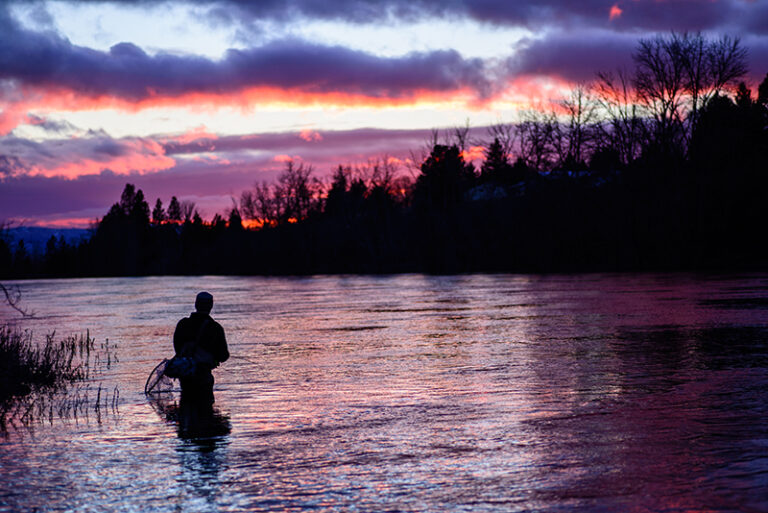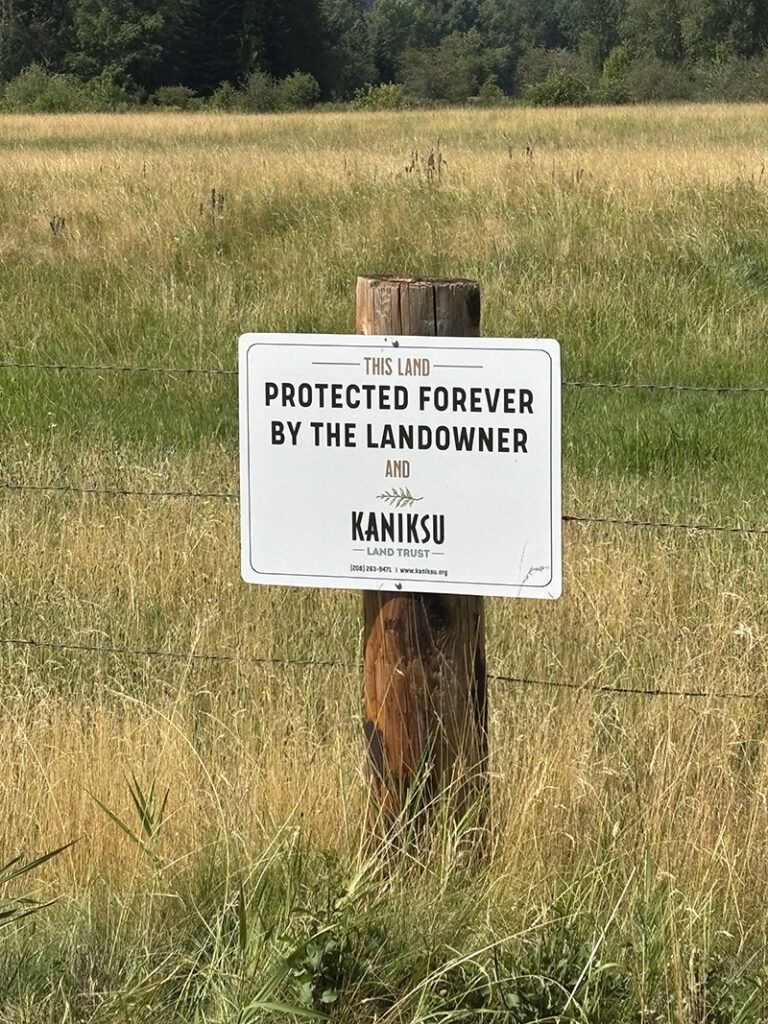Cyclists decide to get custom bikes for different reasons. Some people have either physical limitations or body types that just don’t fit standard production bikes. Other cyclists buy custom bikes because they cannot find a production bike that offers the set of features that they desire. But most people seem to buy a custom bike because they want a bike that is made just for them, for performance reasons or maybe as their final perfect bike purchase. In this month’s column we’ll explore these different approaches to seeking out a custom bike for the non-racer. Maybe you’ll find a reason here to justify your perfect bike purchase.
But let’s be clear. For most cycling nuts, there is no final bike. The popular algorithm that expresses “how many bikes is enough,” is n+1, where n is equal to the number of bikes you have now. That said, there have been rare instances where extraordinary cyclists have somehow figured out a way to get by with one single bike. But that may be urban legend.
Let’s start with the idea of a perfect fitting bike. Many people that buy custom bikes speak with passionate reverence about how amazingly well their custom bike fits. Assuming you fall within the relative norms of body types, if you ride enough and really pay attention to what your body tells you, then you can dial in most production bikes to get a great fit. In some cases moving a saddle back a few millimeters or moving the handle bars up or down a centimeter can make a huge difference. If your prime motivation for seeking out a custom bike is to get the “perfect fit,” you might save yourself a wad of cash by going to a local bike shop and getting a professional fit done.
A good fitting will take into account your goals. Be very clear with what you want to achieve in a fitting. Since most fittings are done on “serious” cyclists who race or want to beat their riding buddies on their weekend rides, fittings can tend to over-emphasize performance. For professional racers and those that aspire to be like professional racers, comfort is secondary to performance. Good fitters will know that comfort is key to performance, but if you are not interested in racing-type performance, make sure your fitter knows that. You can take the comfort goal to an extreme too. There is a class of “comfort bikes” that put people bolt upright on giant saddles. If the majority of your riding is flat and short distances at a relaxed pace, than these bikes are great. But if you are looking to build up your speed and range a bit, a comfort bike can turn into a torture device after just five or ten miles of riding.
If you are in reasonable shape, a great fitting bike will allow you to ride for 8+ hours a day without any neck, butt, back, or arm pain. After you get a good fitting done, spend some time tweaking your bike to fit you accordingly. If you find that you have to put all sorts of crazy hacks on your existing bike to get a fit, then the bike is the wrong size and you may find that a new bike makes sense. And if you have the cash and inclination then a custom bike is fun to buy and ride, but waiting a bit may make more sense.
A fitting will give you a ton of information, but the essentials that you can walk away with is a good understanding—coupled with some hard numbers—of your comfortable range where the contact points of your body (feet, butt, hands) want to be in relation to the pedals, saddle, and handlebars. Armed with this information, you can have many years of fun experimentation.
If you’ve got the inclination, ride many bikes for many miles before you buy a custom bike. Try to get on as many bikes in your size range that you can. Ideally, you could pick up used bikes relatively cheap and dial them to get your fit right. Over time, as you ride familiar routes with different bikes, you begin to get a sense of what bike features really matter to your comfort and enjoyment of cycling. For example, you may find that you love the handling of one bike over another. Or that some bikes just seem to take your energy away, while others seem effortless on climbs. Or that you really like how mountain bikes descend. Or that a certain tire size just feels more right to you than other sizes. Or that you prefer one style of handle bar over another. Or that one bike seems to handle loads better than others. Or that some bikes are just easier to fit fenders and racks to than others.
There are so many attributes that different bikes offer. If you’re curious and attentive, you will find yourself becoming very opinionated on what feels right in your perfect bike. Now, it may make sense to go after that custom bike.
After this process, you will be able to speak very specifically to a custom bike builder about what you want in a bike. A good builder will be able to take your preferences into account and translate that into a perfect bike.
John Speare grew up and lives in Spokane. He rides his bike everywhere. Check out his blog at http://cyclingspokane.blogspot.com.













